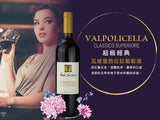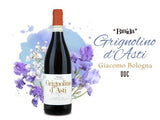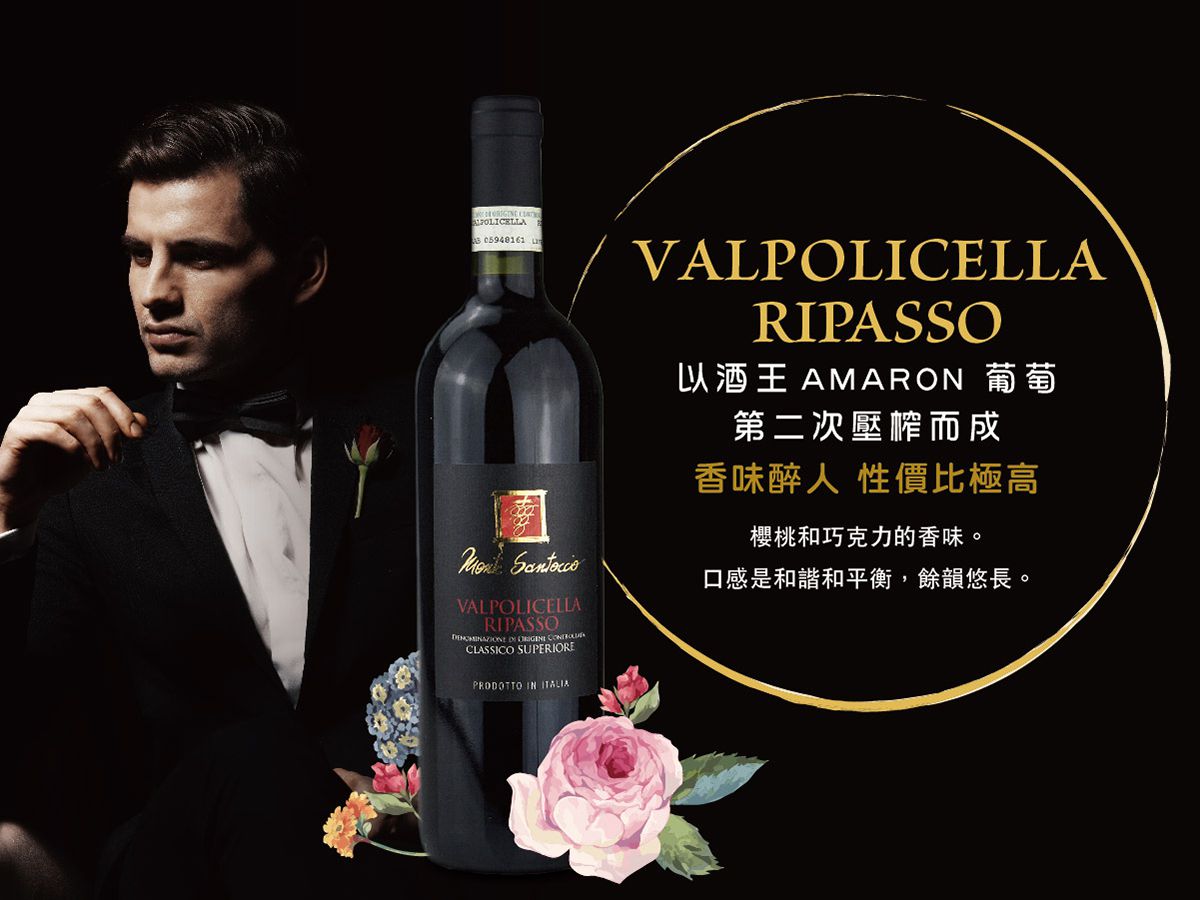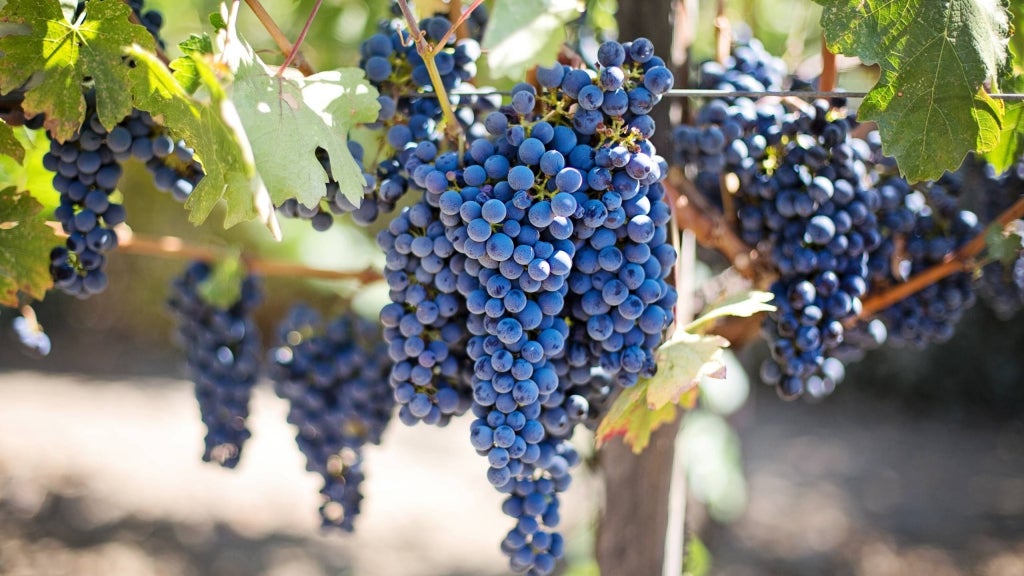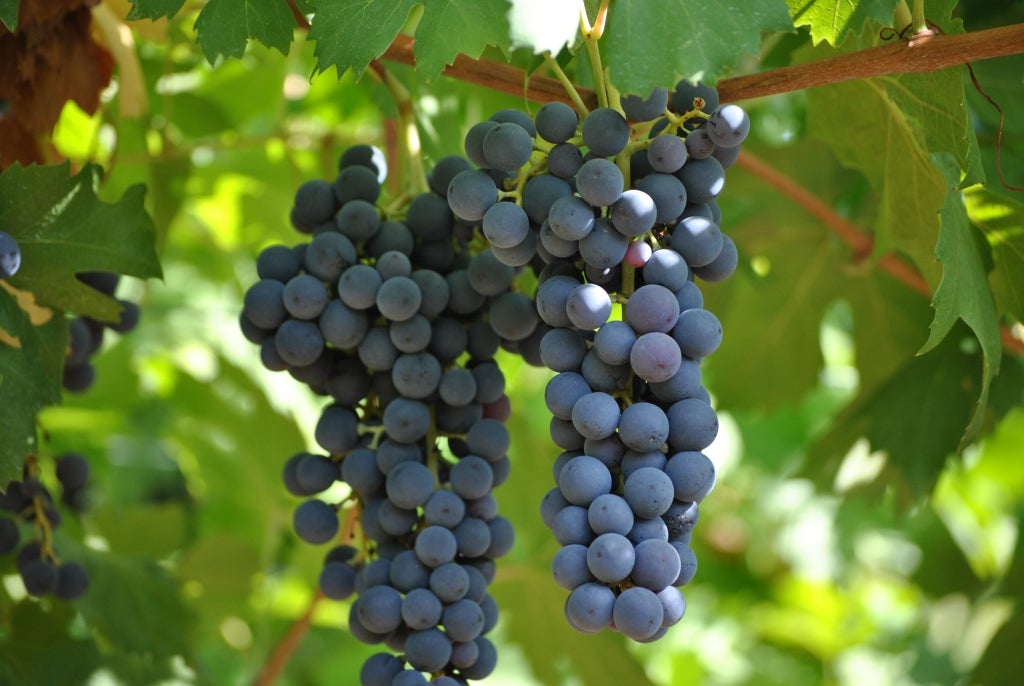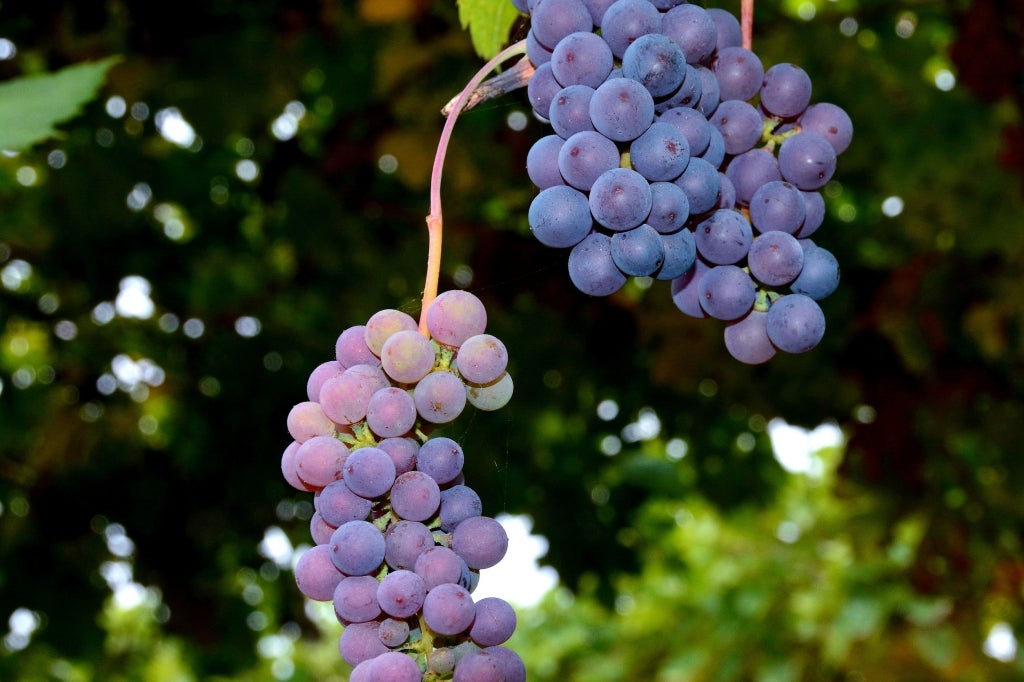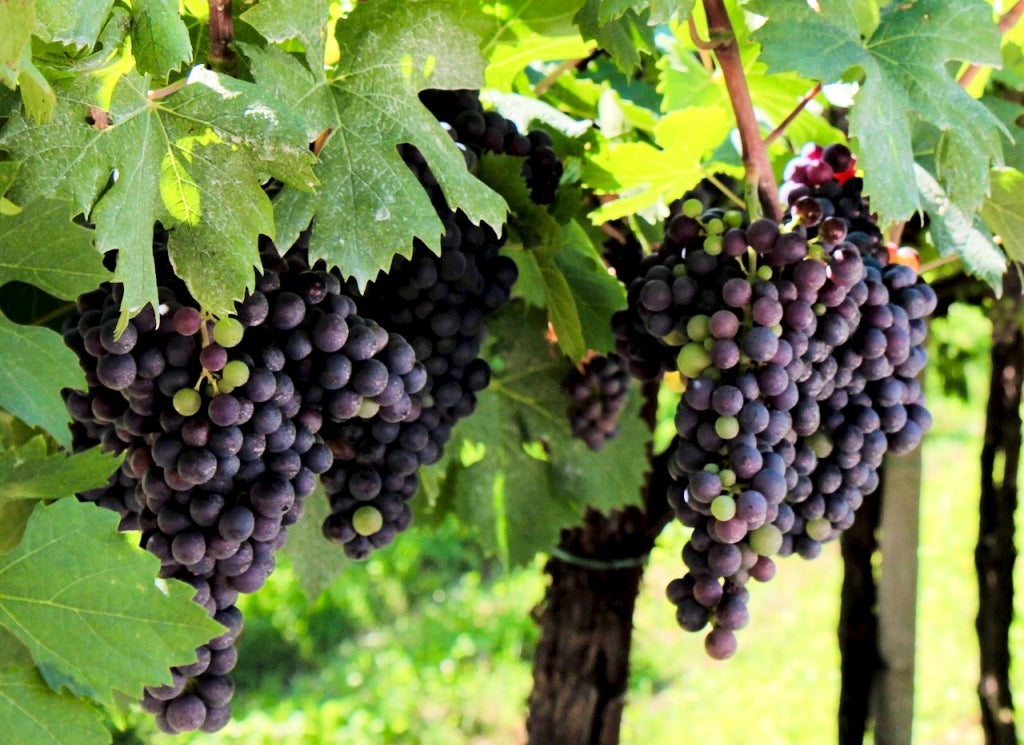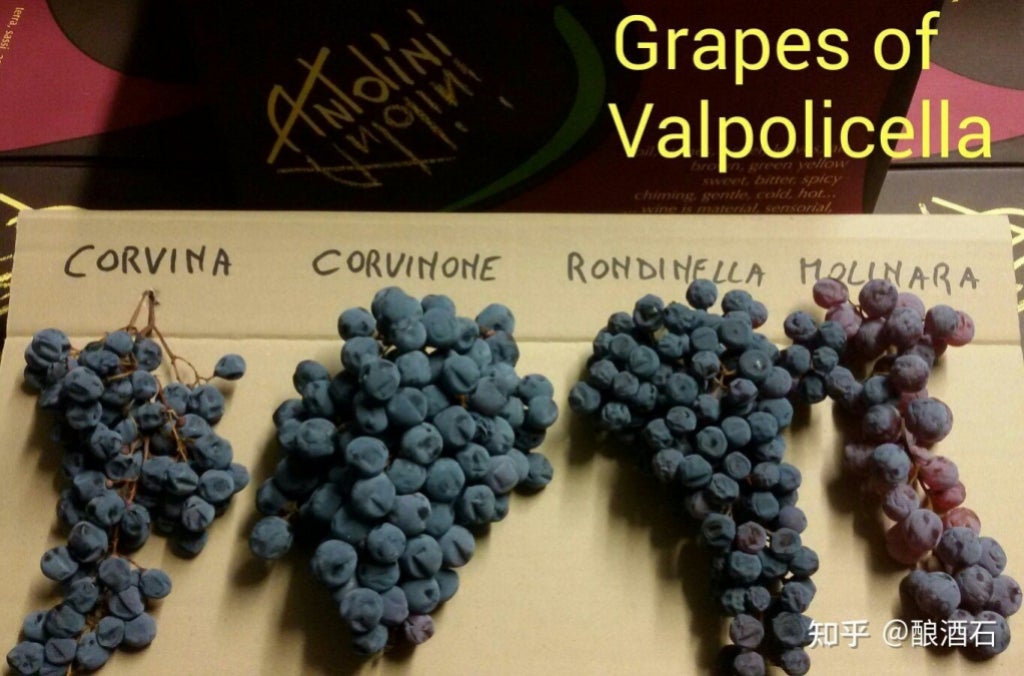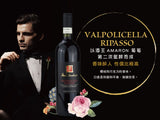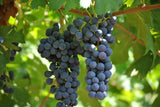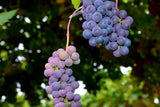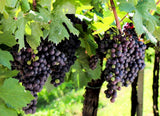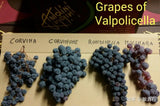Monte Santoccio RIPASSO︱Valpolicella Classico Superiore Ripasso DOC 2011
| Regions: Italy - Veneto | Ratings: DOC |
| ABV: 14% | Decanting Time: 45-60minutes |
| Winery: Monte Santoccio | Grapes: Corvina/ Rondinella/ Molinara/ Corvinone |
| Food Pairing: This wine has a cherry and chocolate aroma. The palate is harmonious and balanced with a long finish.
This wine is characterized by an intoxicating aroma and an excellent price-performance ratio. It has cherry and chocolate aromas. The palate is harmonious and balanced with a long finish. "Wonderful pairing with traditional spaghetti noodles to Chinese suckling pig, Peking duck, and more At the same time, it is very cost-effective. The Ripasso in the wine name means that the winemaking method is slightly different. The lees of the wine king Amarone is added to Valpolicella for the second fermentation. The wine king Amarone is Amarone Della Valpolicella, which means Amarone wine produced in Valpolicella. As the name suggests, this wine can only be made in the Valpolicella region. To ensure quality, and at the same time, the four villages of Fumane, Marano, Negrar, San Pietro, and Sant'Ambrogio, which have produced wine before 1968, can be called Classico. Superiore means "super" and has a more extended aging period than the average DOC grade wine, usually 0.5%-1% higher alcohol concentration. |
|
This wine is characterized by an intoxicating aroma and an excellent price-performance ratio. It has cherry and chocolate aromas. The palate is harmonious and balanced with a long finish. "Wonderful pairing with traditional spaghetti noodles to Chinese suckling pig, Peking duck, and more
At the same time, it is very cost-effective. The Ripasso in the wine name means that the winemaking method is slightly different. The lees of the wine king Amarone is added to Valpolicella for the second fermentation. The wine king Amarone is Amarone Della Valpolicella, which means Amarone wine produced in Valpolicella. As the name suggests, this wine can only be made in the Valpolicella region. To ensure quality, and at the same time, the four villages of Fumane, Marano, Negrar, San Pietro, and Sant'Ambrogio, which have produced wine before 1968, can be called Classico. Superiore means "super" and has a more extended aging period than the average DOC grade wine, usually 0.5%-1% higher alcohol concentration.

Monte Santoccio
Monte Santoccio is a town inside the Region of italy of Fumane. Because it is a family-run winery, they have complete control over the grape growing process. The owner is Nicola Ferrari. Because he understands the importance of controlling the winemaking process, he controls the winemaking procedure and produces good wine well. It still produces a maximum of 30,000 bottles per year, and its wine is highly valued in Asia.
Valpolicella is one of Italy's oldest and most valuable wine regions, and it is as well-known as Chianti, Barolo, Brunello, and other wines. Valpolicella derives its name from the Latin phrase "Val polis cellae," which means "a valley with many cellars." It is situated in western Veneto, between Verona and Lake Garda, with the Lessini Mountains forming a natural boundary to the north, and the area at the foot of Mount Verona is part of the Alpine system. Valpolicella's geographical pattern is complex, but it is mostly composed of cascading mountains, gentle hills, and river valleys, with vineyards, olive trees, and cherry trees covering the surface.
Because of its high altitude, Valpolicella Classico, the original development area of Valpolicella, is located 610 meters above sea level. It is still the primary producer of high-quality Valpolicella, primarily in the five villages of Sant'Ambrogio, San Pietro in Cariano, Fumane, Marano, Negrar, and others. The soil is mostly calcareous soil from the Jurassic and Cretaceous periods, with a mild climate and annual rainfall ranging from 900 to 1100 mm. This region is known not only for its many small river valleys with fast-flowing water but also for its ancient cultural heritage, which can be found everywhere. Except for Rome, it has the most historical monuments in Italy. Ruined churches and Renaissance villas can be found everywhere. and other notable structures of different periods.
Valpolicella has expanded from the Bardolino border (west) to the Soave large production area (east), located in the north of Verona city, since 1968, when it was recognized as a DOC-level appellation due to increasing market demand for Valpolicella wines. the entire hilly terrain At the same time, historical production areas with the same high-quality performance as Valpolicella Classica, such as Valpolicella Valpantena, Squaranto, Mezzane, Illasi, and others, were able to rank at the same height as Classica, thanks to terroir and yield: better drainage, With a better sunny angle and stricter harvest and production regulations, the grapes produced in the aforementioned production areas not only have higher maturity and quality but also richer tannins and flavors. This difference is naturally also reflected in its price.
Corvina
Corvina is an Italian wine grape variety that is sometimes also referred to as Corvina Veronese or Cruina. The total global wine-growing area in 2010 was 7,495 hectares (18,520 acres), all of which is grown in the Veneto region of northeast Italy, except for 19 hectares (47 acres) planted in Argentina. Corvina is used with several other grapes to create the light red regional wines Bardolino and Valpolicella that have a mild fruity flavor with hints of almond. These blends include Corvinone, Rondinella, and Molinara, and Rossignola for the latter wine. It is also used for the production of Amarone and Recioto.
Rondinella
Rondinella is a wine grape variety from Italy. Almost all of the total global growing area of 2,481 hectares (6,130 acres) is in the Veneto region of northern Italy, and the grapes are used in wines from the Valpolicella and Bardolino wine regions. Rondinella, along with Corvinone and Molinara, is always present as a secondary constituent in these wines blended with Corvina (which DNA evidence has shown to be a parent variety). The grape has rather neutral flavors but is popular among growers due to its high yields. The vine is very resistant to grape disease and produces grapes that, while not necessarily high in sugar content, dry out well for use in the production of Valpolicella straw wine styles such as Recioto and Riserva.
Molinara
Molinara is a red Italian wine grape that accounted for 595 hectares (1,470 acres) of planting land in Italy as of 2010, almost entirely in the Veneto region. It adds acidity to the wines of Valpolicella and Bardolino, which are made from Corvina, Corvinone, Molinara, and Rondinella blends. The wine's high oxidation proclivity, combined with its low color extract, has caused a decline in popularity and plantings among Venetian vineyards, with plantings falling by more than half in ten years from 1,301 hectares (3,210 acres) in 2000. There has been some disagreement over whether the grape is purple or blue. This grape is occasionally blended with Merlot to produce soft, elegant rosés, and Molinara is responsible for 122 hectares (300 acres) of vineyards.
Corvinone
Corvinone is a red Italian wine grape variety native to the Veneto region of northern Italy. In 2010, a total of 930 hectares (2,300 acres) of the grape growing area was planted worldwide, with 930 hectares (2,300 acres) planted in Italy and 1 hectare (2.5 acres) planted in Argentina. Corvinone, which is rarely found in wine alone, is blended with Rondinella, Molinara, and other autochthonous varieties in Corvina-dominant red wines from Veneto's Valpolicella and Bardolino regions. Corvinone is so similar to the more common Corvinone variety that it has historically been mistaken for a clone; indeed, its name in Italian suggests the meaning "large Corvina." However, more recent ampelographic research and DNA profiling have revealed a distinct variety.





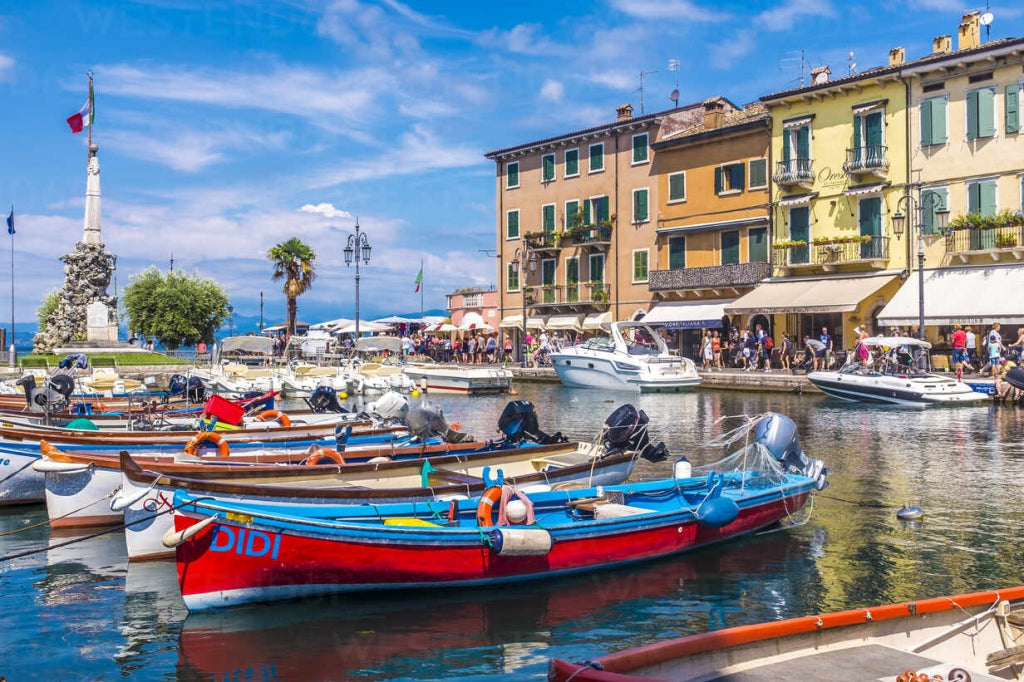
Veneto - the most famous of the 3 major producing regions in northeastern Italy
Veneto is a substantial and increasingly important wine region in the northeastern corner of Italy. Administratively it forms part of the Triveneto zone, along with its smaller neighbors Trentino-Alto Adige and Friuli-Venezia Giulia. In terms of geography, culture and wine styles, it represents a transition between the alpine, Germano-Slavic end of Italy and the warmer, drier, more Roman lands to the south.
Veneto is slightly smaller than Italy's other main wine-producing regions – Piedmont, Tuscany, Lombardy, Puglia and Sicily – yet it generates more wine than any of them. Although the southern regions Sicily and Puglia were for a long time Italy's main wine producers, this balance began to shift north towards Veneto in the latter half of the 20th Century. In the 1990s, southern Italian wine languished in an increasingly competitive and demanding world, while Veneto upped its game, gaining recognition with such wines as Valpolicella, Amarone, Soave and Prosecco.
With fruity red Valpolicella complementing its intense Amarone and sweet Recioto counterparts, Veneto is armed with a formidable portfolio of red wines to go with its refreshing whites, such as Soave and sparkling Prosecco. Although much of the new vineyard area that supported Veneto's increased wine output was of questionable viticultural quality, today more than 25 percent of the region's wine is made and sold under DOC/DOCG titles.

Payme, FPS, Alipay, and WeChat Pay are also available.
(including Hong Kong, Kowloon, New Territories urban areas, and Discovery Bay are free, other remote areas are negotiable)
9am - 1pm
1pm - 6pm
6pm - 10pm
For mainland orders, please place an order first, then we will arrange another quotation for the goods and transportation.





